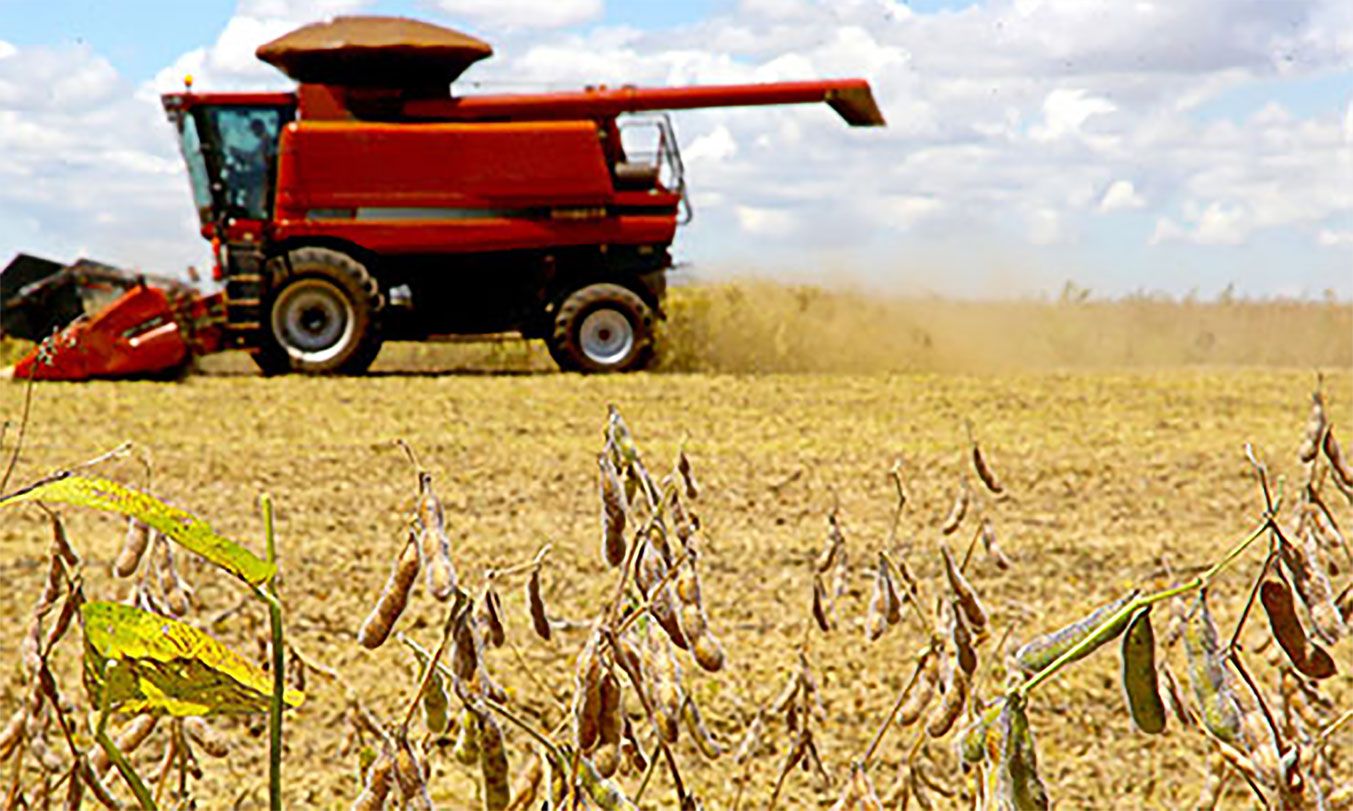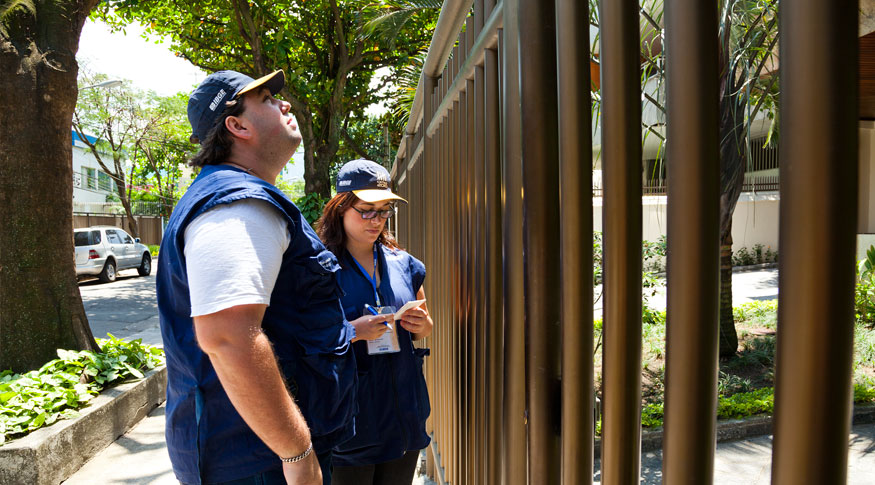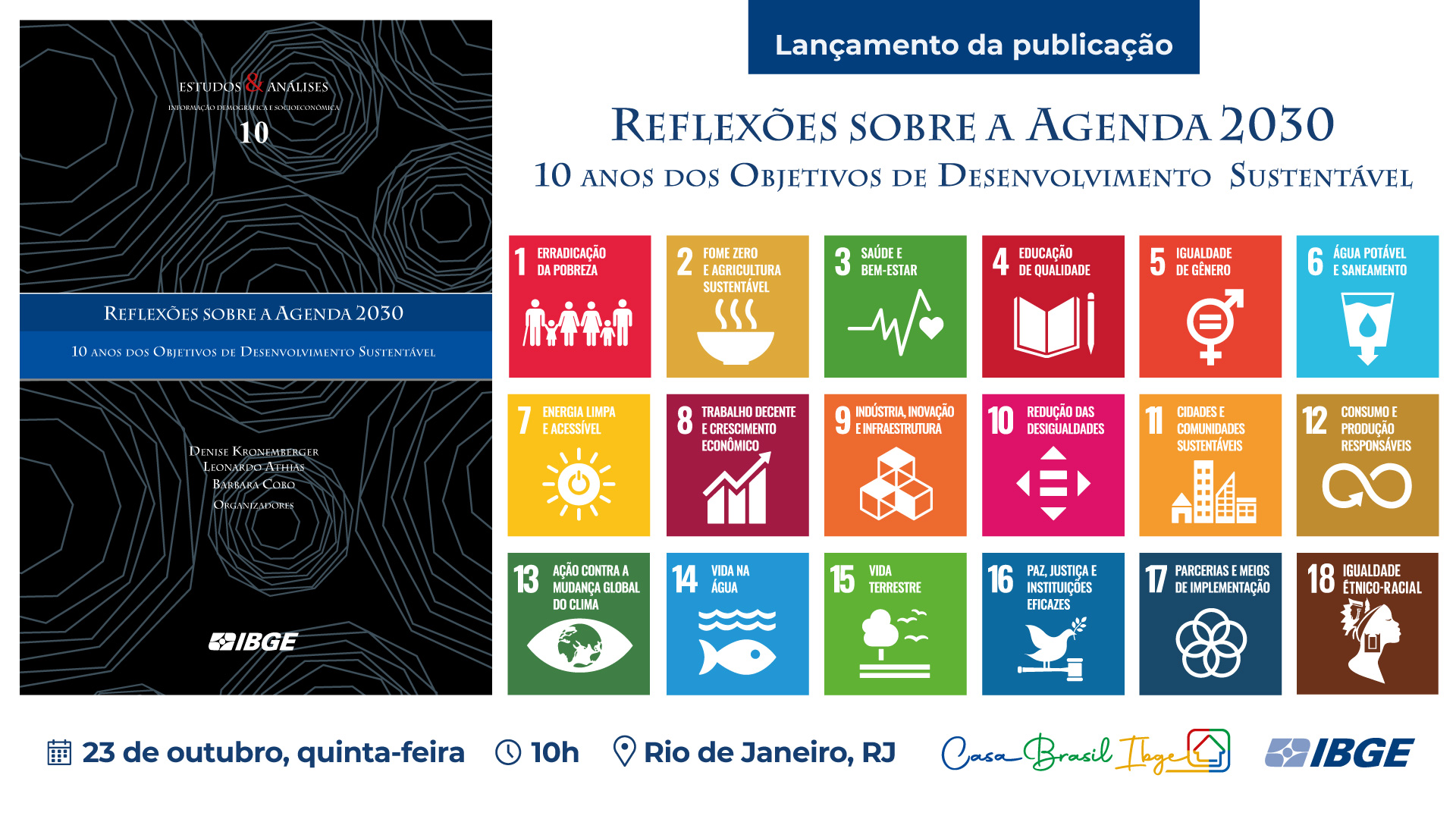Agricultural production
April estimate points out record harvest of 261.5 million tonnes in 2022
May 12, 2022 09h00 AM | Last Updated: May 12, 2022 12h46 PM

According to the April estimate of the Systematic Survey of Agricultural Production (LSPA), released today (12) by the IBGE, the national harvest of cereals, legumes and oilseeds should reach 261.5 million tonnes in 2022. This value is 3.3% higher (or 8.3 million tonnes) than the harvest obtained in 2021 (253.2 million) and 1% higher than the March´s estimate (2.5 million).
“The summer harvest in the crops of the center-south of Brazil suffered with climate issues, which led to the reduction of the production estimates. As rainfall resumed in January, some crops recovered,” explains Carlos Barradas, manager of the survey.
As the major commodity in Brazil, soybeans had its harvest virtually finished in the major producing states and showed an increase of 2% in the volume of grains compared with March. Yet, the national output should hit 118.5 million tonnes, a reduction of 12.2% compared with 2021. “As previously said, it is a harvest marked by adverse climate effects, with strong droughts during the development of the crop,” justifies Barradas. In the South Region, the region most affected by climate, the estimate in the reduction of the average yield of soybeans already reaches 46.2% in the comparison with the previous year.
Still in the comparison with March, the output estimates of potatoes - 3rd crop (20.4%), potatoes - 2nd crop (9%), sorghum (4%), tomatoes (1.5%), beans - 2nd crop (1.3%), grapes (1.2%) and coffea canephora (1% or 9,978 tonnes) increased. On the dropping side, the highlights were beans - 1st crop (-7.5%), coffea arabica (-3.5%), potatoes - 1st crop (-3.2%), oranges (-1.5%) and corn - 2nd crop (-0.7%). “An outstanding second crop of corn is being confirmed, partly offsetting the losses of the first crop, the summer harvest,” confirms the manager of the survey.
Concerning coffea arabica, Barradas states that this year is of positive biennial bearings, with a significant increase in the output. “However, the dry and extremely cold weather in the winter of 2021, which even caused frosts in some producing areas, has reduced the expected potential,” reminds him. The expert stresses that the production of rice and beans should meet the domestic consumption in the year.
Four regions rise the production estimates
The production estimate rose in four regions compared with 2021: Central-West (11.7%), Southeast (11.4%), North (5.2%) and Northeast (9.9%), with a drop in the South (-14.5%). In the comparison with the March estimate, the five regions increased their output estimates: Central-West (0.8%), South (1.0%), Southeast (1.7%), Northeast (0.8%) and North (1.5%).
Among the Federation Units, the major rises in the production estimates, in relation to the previous month, were in Goiás (more 1 million tonnes), Paraná (624.9 thousand), Minas Gerais (271.6 thousand), São Paulo (191.7 thousand), Ceará (140 thousand) and Rondônia (104.5 thousand). The drops occurred in Alagoas (less 15 thousand tonnes) and Paraíba (less 3.9 thousand).
Mato Grosso remains as the biggest national producer of grains, with a share of 30.5%, followed by Paraná (13.9%), Goiás (10.7%) and Rio Grande do Sul (9.0%).
About the LSPA
Launched in November 1972 aiming at addressing the demand of users for monthly short-term statistical information, the LSPA provides estimates of planted area, harvested area, amount produced and average yield of products selected based on criteria of economic and social importance for Brazil. It does not only monitor each crop investigated in the calendar year of reference, from the intention to plant up to the end of the harvest, but also presents the forecast for the coming year, with surveys in the months of October, November and December. See available data at Sidra.




















